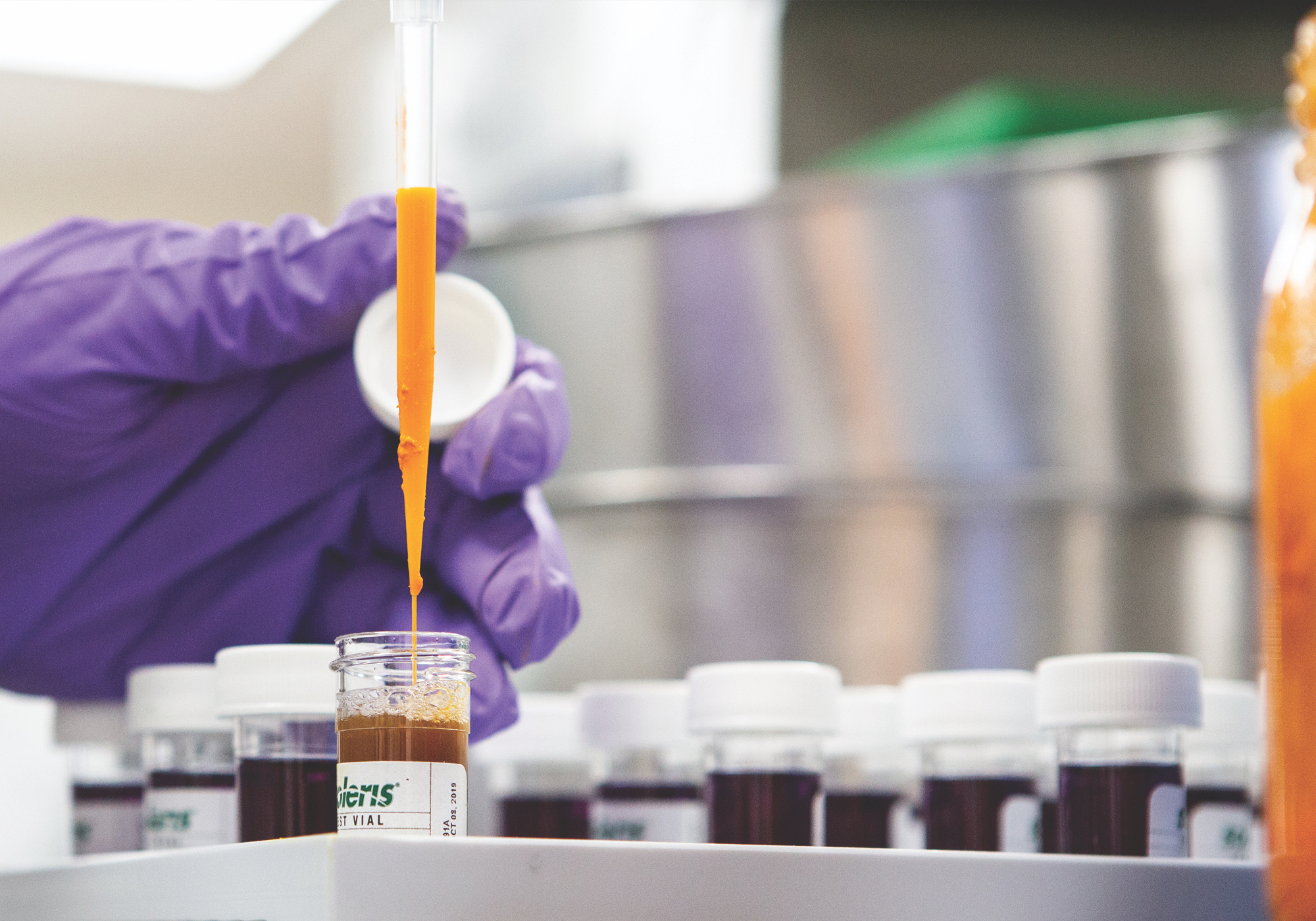Scientific name:Equisetum arvense
Constituents:
- Minerals: silica (in the form of silicic acid & silicates), K+, Mg
- Kynurenic acid (amino acid metabolite)
- Flavonoids (quercitin)
- Alkaloids
- Phytosterols
- Saponins (equisitonin)
- Mucilage
- Tannins
Medicinal actions:
- Anti-inflammatory
- Anti-rheumatic
- Astringent
- Connective tissue tonic
- Diuretic
- Immunomodulator
- Vulnerary
Mechanism of Action & Pharmacology:
- Kynurenic acid is proposed as mediator of the anti-inflammatory and anti-rheumatic effects, having anti-oxidative and analgesic properties (is also an endogenous oxidative metabolite of tryptophan, with glutamate-receptor antagonist activity possibly contributing to minor analgesic effects). One in vitro study showed that kynurenic acid is able to inhibit the proliferation of synoviocytes, and that its level was significantly lower in humans with rheumatoid arthritis vs. those with osteoarthritis. Moreover, it is an agonist of the G-protein coupled receptor (GPR35), which is predominantly expressed in immune and gastrointestinal tissues.
- Silicic acid & silicates provide approximately 2–3% elemental silicon, which is a vital component for bone and cartilage formation, helps preserve elasticity of connective tissue, controls Ca+ absorption and promotes the repair of tissue after lung damage. The high silicon content exerts a connective tissue-strengthening effect. Soluble silicates also shown to stimulate leukocyte activity.
Pharmacy:
- Infusion
- Tincture
- Dried herb
Safety & Toxicity Concerns:
- Use with caution in people with edema that is the result of impaired kidney function, edema from cardiac origin, prostate cancer, children under 2, and long-term use.
- Use (> 1 month) may cause kidney and/or heart damage and result in tissue irritation and consequent inflammation.
- Note: Heavily concentrates minerals from the soil in which it grows. Thus, plants by roads and industrial areas will concentrate heavy metals such as cadmium and lead.
Interactions:
- Digitalis and other cardiac glycosides may be potentiated due to potassium loss secondary to diuresis.







